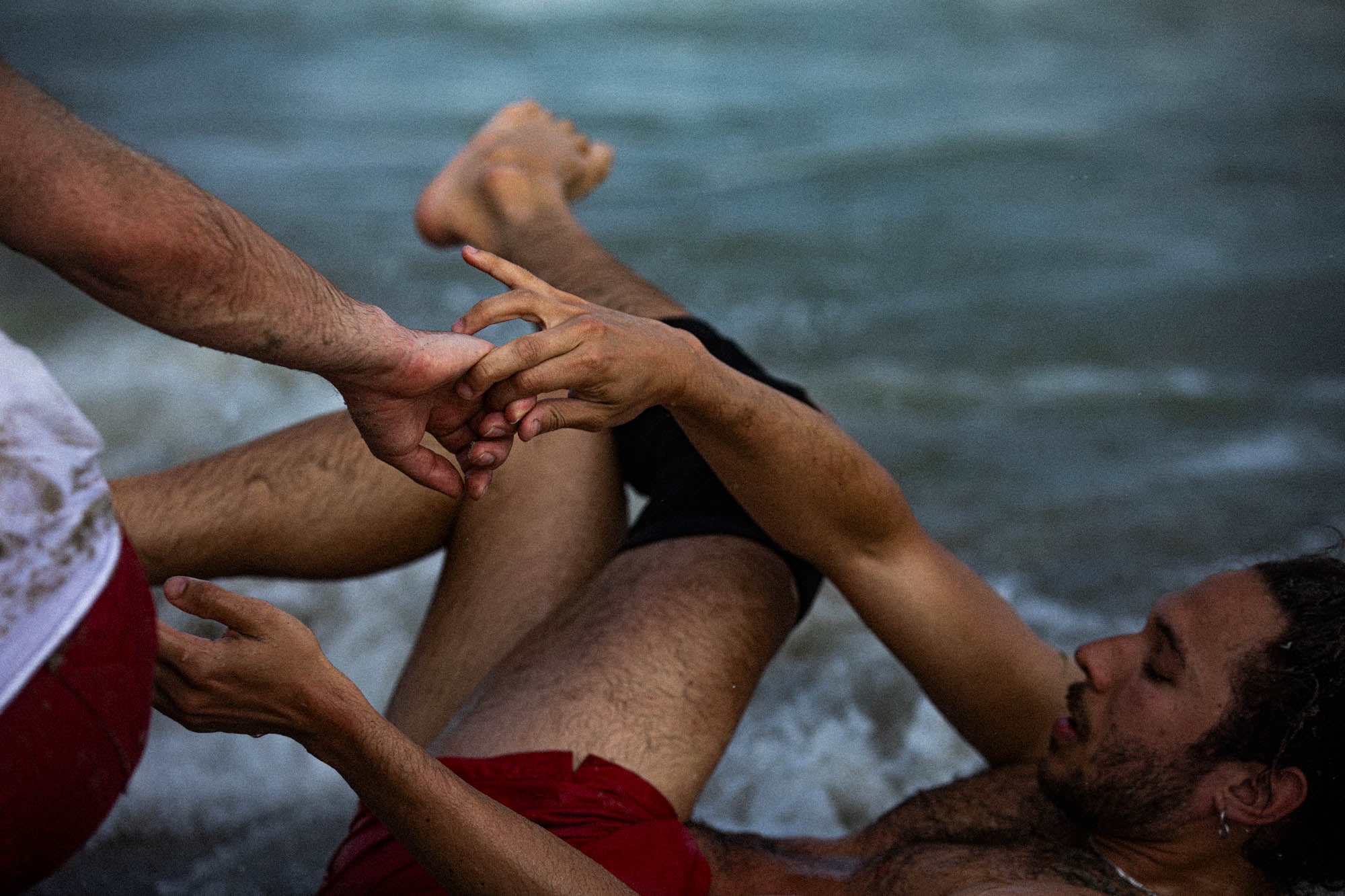Christmas Baddies
Between New York City Ballet’s “George Balanchine’s The Nutcracker®” and “The Magic Flute” at the Metropolitan Opera, it’s hard to compete with the Upper West Side’s holiday kid offerings.
Continue Reading
World-class review of ballet and dance.
Once a year New York City dance lovers and Brooklyn beach-goers converge in the Venn diagram of performance art and natural splendor that is Beach Sessions Dance Series. The free one-day event in Rockaway Beach, Queens, celebrates its tenth anniversary on September 2 with the world premiere of Faye Driscoll’s “Oceanic Feeling.”



“Uncommonly intelligent, substantial coverage.”
Your weekly source for world-class dance reviews, interviews, articles, and more.
Already a paid subscriber? Login

Between New York City Ballet’s “George Balanchine’s The Nutcracker®” and “The Magic Flute” at the Metropolitan Opera, it’s hard to compete with the Upper West Side’s holiday kid offerings.
Continue ReadingThe Sun King not only invented ballet in its modern form but in 1713 also founded the oldest ballet academy in the world.
Continue ReadingThe Choreographic Platform Austria (CPA) held in Salzburg from 20–22 November 2025, has become a biennial focal point for contemporary dance in Austria.
Continue ReadingIt’s “Nutcracker” season at San Francisco Ballet—36 performances packed into three weeks—which means that the company is currently serving two distinct audiences.
Continue Reading
comments